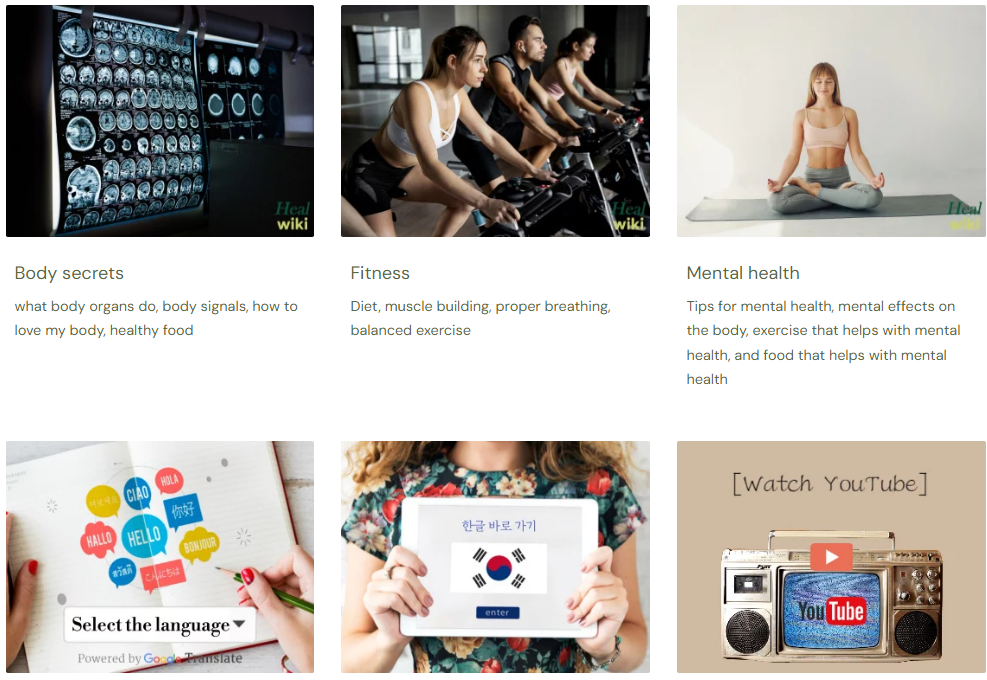Trending Posts
53. Funny Story (Emily Henry)
Discover “Funny Story” by Emily Henry: A Rom-Com That Redefines Love Stories Age of Vice…
51. Symphony of Secrets (Brendan Slocumb)
Symphony of Secrets: The Hidden Notes Symphony of Secrets Introduction Welcome…
50. It Ends with Us (Colleen Hoover)
Introduction Welcome to our deep dive into “It Ends with Us” by Colleen Hoover, a…
49. The Teacher (Freida McFadden)
Introduction Freida McFadden’s “The Teacher” is a gripping psychological thriller that has captivated readers with…
48. House of Flame and Shadow (Sarah J. Maas)
Introduction House of Flame and Shadow (Sarah J. Maas) Dive into…
47. “The Jungle Book” by Rudyard Kipling
Introduction “The Jungle Book” by Rudyard Kipling is a timeless classic that has captivated readers…
46. “The Canterbury Tales” by Geoffrey Chaucer
Introduction “The Canterbury Tales” by Geoffrey Chaucer is a collection of stories told by a…
53. Funny Story (Emily Henry)
Discover “Funny Story” by Emily Henry: A Rom-Com That Redefines Love Stories Funny Story Introduction Emily…
52. Age of Vice (Deepti Kapoor)
Age of Vice: Chronicles of the Wadia Empire Age of Vice Introduction “Age of Vice” by…
51. Symphony of Secrets (Brendan Slocumb)
Symphony of Secrets: The Hidden Notes Symphony of Secrets Introduction Welcome to the in-depth exploration of…
50. It Ends with Us (Colleen Hoover)
Introduction Welcome to our deep dive into “It Ends with Us” by Colleen Hoover, a novel that has captured the…






























